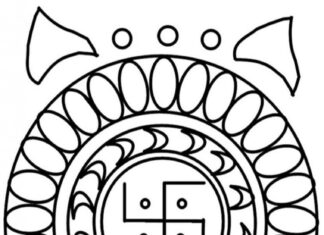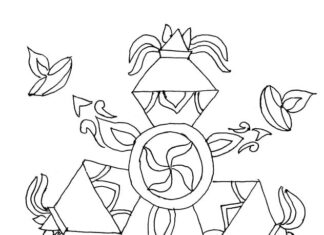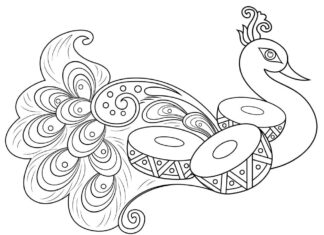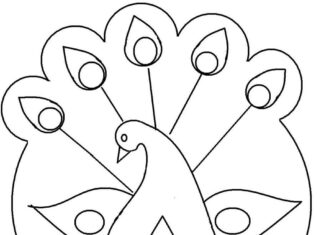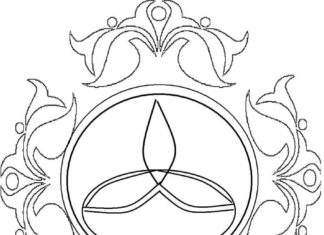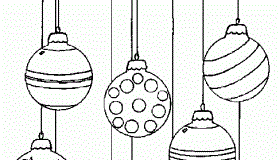Rangoli is a traditional decorative art originating in India that is performed on the ground or floor using colored pollen, rice, flower powder or other natural materials. Rangoli is an important part of Indian culture and is performed on certain occasions and events.
Rangoli Coloring Book
information
- Tradition and Symbolism: Rangoli is a tradition that dates back hundreds of years and is an important part of Indian daily life. Performing rangoli has a symbolic meaning and is meant to attract positive energy and facilitate access to the spirit of goodness.
- Opportunities: Rangoli is especially popular during various Hindu festivals and celebrations, such as Diwali (Festival of Lights), Pongal, Onam, Durga Puja and others. It is also performed during weddings, family celebrations and other special occasions.
- Techniques and Patterns: Rangoli can take a variety of forms and patterns, from simple and geometric to more complex and artistic. These can include abstract patterns, floral motifs, geometric figures, religious figures and many others.
- Materials: Traditionally, rangoli were created using natural materials such as colored rice, flower pollen, flour, turmeric powder or pieces of coal. Nowadays, however, paint and crayons are also often used to draw rangoli.
- Regional Variants: Rangoli has different names and styles depending on the region of India. For example, in the southern states of India it is known as "Kolam" and in the northern regions as "Mandana."
- Cultural Heritage: Rangoli is an important part of India's cultural heritage and has been passed down from generation to generation. It is a way to express creativity, aesthetics and a spiritual connection to tradition.
-
Contemporary Applications: Nowadays rangoli is no longer performed only on the ground or floor, but also on flat surfaces such as sheets of paper, windows or walls. It has also become a popular subject in visual arts. trivia
- Guinness World Records: In 2014, a new Guinness World Record was set in Mumbai, India, for the largest rangoli, which was 1,805.69 square meters. It was part of the Diwali celebration.
- Art Fixed for Longer: In some places, rangoli is created using paints that allow the work to last longer than traditional rangoli made of pollen or rice.
- Religious Themes: Many rangoli contain motifs related to Hindu deities and religious beliefs. This expresses the spiritual depth of this art.
- Rangoli at the UNESCO World Heritage Site: In 2017, the "Kolam" tradition of rangoli from India's southern states was inscribed on UNESCO's List of Intangible Cultural Heritage of Humanity.
- Contemporary Variants: Nowadays, rangoli can take modern forms. People often use technology, such as light projections, to create striking rangoli over large areas.
- Rangoli Competitions: Many places hold rangoli competitions, especially during festivals. This is an excellent opportunity for artists to showcase their skills.
- Similarity to Kolam: In the southern states of India, rangoli is known as "Kolam." These are often intricate designs made on floors using rice, flowers or chalk.
- The Art of Home Beautification: Creating rangoli in front of the house is traditionally considered a way to welcome guests and attract positive energy to the house.
- Rangoli as a Tourist Attraction: In some places in India, especially during festival periods, rangoli becomes a tourist attraction, attracting both local and foreign tourists.
- Education and Fun: Making rangoli is often considered a form of education for children in India, teaching them tradition, creativity and precision.

